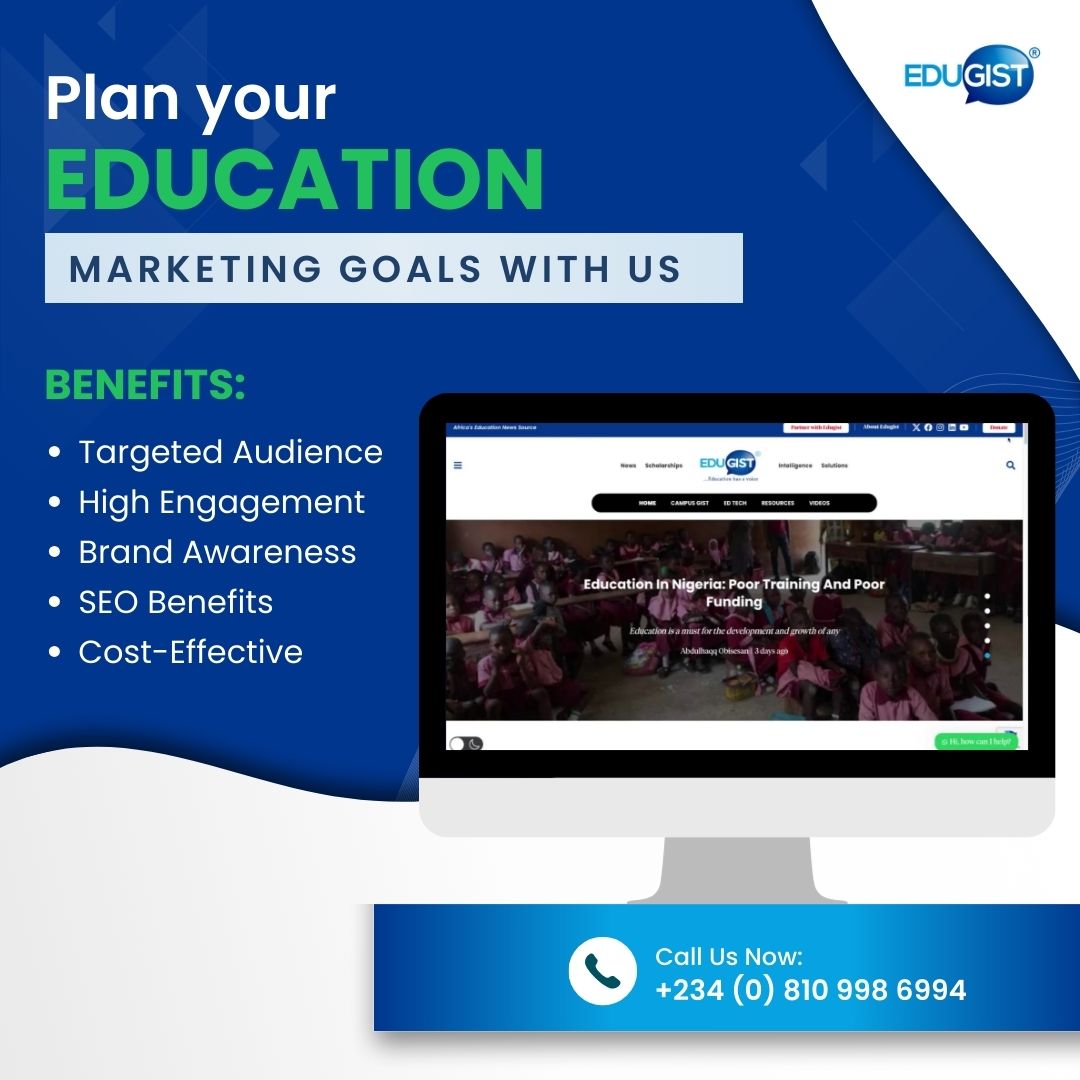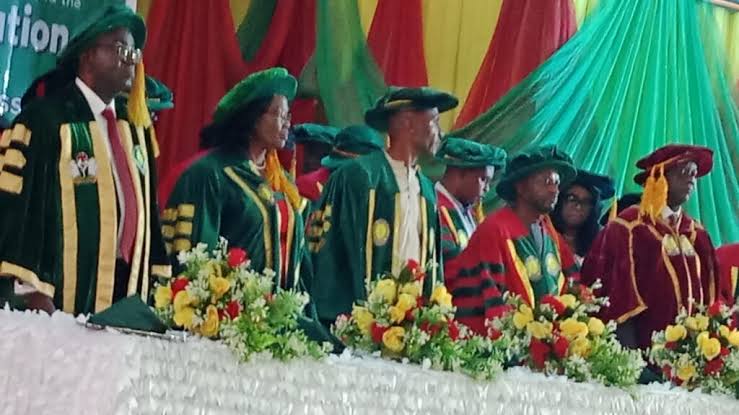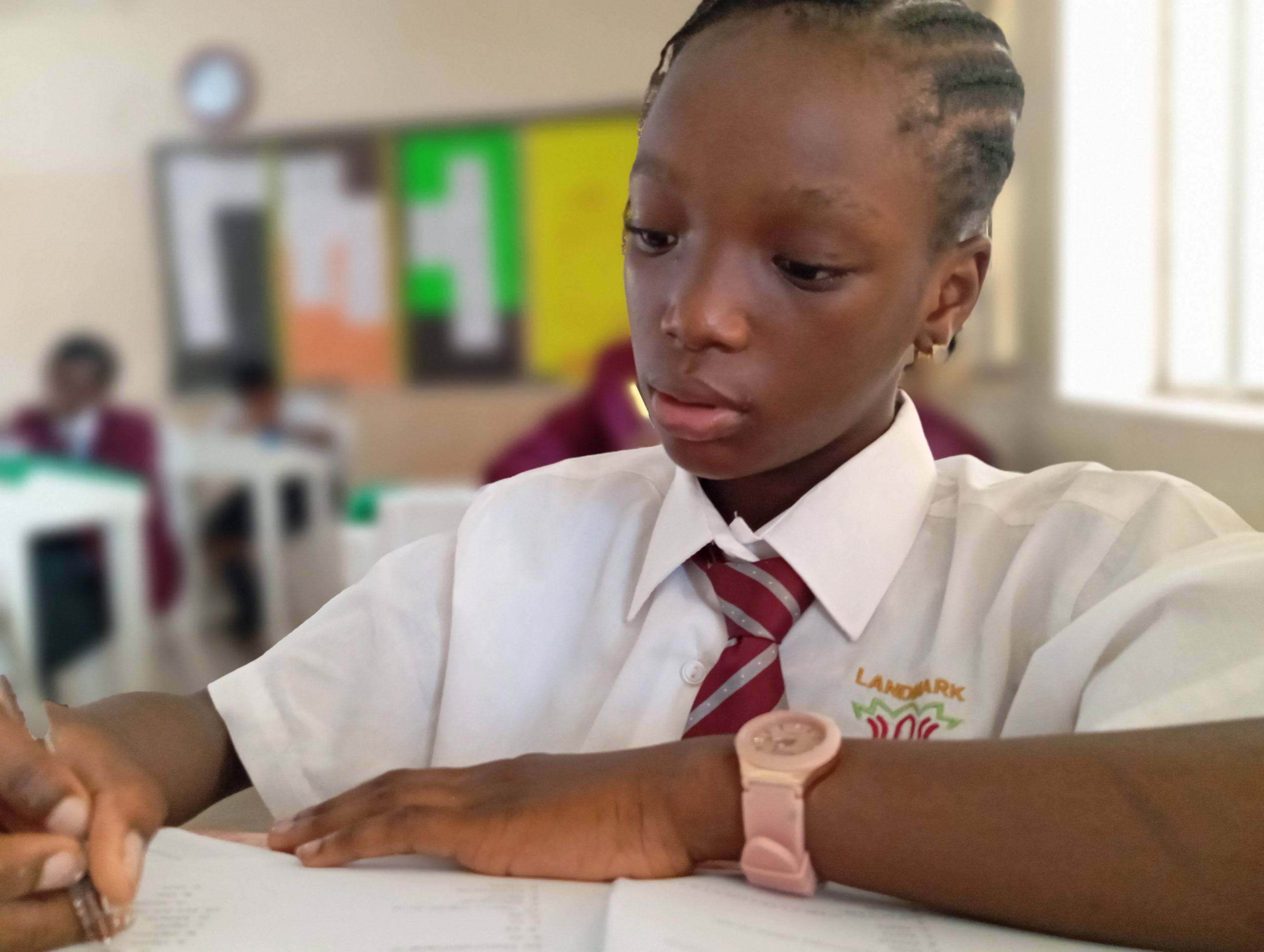The bond between educators and learners forms the cornerstone of a successful learning experience. A positive relationship not only fosters a supportive learning environment but also enhances student engagement, motivation, and overall academic achievement. Research consistently highlights the significant impact of teacher-student relationships on educational outcomes. A positive rapport can lead to higher levels of student participation, better academic performance, and improved social skills. Students who feel understood and valued are more likely to take risks, ask questions, and engage deeply with the material.
Strategies for Building Strong Relationships
1. Know Your Students: Understanding students’ backgrounds, interests, and learning styles is fundamental. Take the time to learn about their hobbies, family situations, and any challenges they may be facing. This knowledge can inform teaching strategies and help create a more inclusive and responsive classroom environment.
2. Create a Safe and Inclusive Environment: Ensure that every student feels safe and included. Establish a classroom culture where diversity is celebrated, and all voices are heard. Set clear expectations for respectful behavior and consistently model inclusivity.
3. Show Empathy and Compassion: Demonstrate genuine care and concern for students’ well-being. Listen actively, acknowledge their feelings, and provide support when they face difficulties. Small gestures, like checking in with a student who seems upset, can go a long way in building trust.
4. Be Available and Approachable: Make yourself accessible to students. Offer office hours, be present before and after class, and respond promptly to emails and messages. An open-door policy encourages students to seek help and share their concerns without hesitation.
5. Engage in Active Communication: Foster open lines of communication. Encourage students to share their thoughts and ideas, and provide regular feedback on their progress. Use positive reinforcement to celebrate their achievements and constructive criticism to guide their improvement.
6. Incorporate Student Interests into Lessons: Tailor your teaching to reflect students’ interests and experiences. Use real-world examples that resonate with them, integrate their hobbies into assignments, and allow them to explore topics they are passionate about.
7. Collaborate with Students: Involve students in the learning process. Seek their input on classroom rules, involve them in lesson planning, and offer choices in assignments and projects. This collaborative approach fosters a sense of ownership and respect.
8. Reflect and Adapt: Regularly reflect on your teaching practices and their impact on student relationships. Solicit feedback from students about what’s working and what could be improved. Be willing to adapt your methods to better meet their needs.
Overcoming Challenges
Building relationships with students can be challenging, especially in diverse classrooms with varying needs. Here are some tips for overcoming common obstacles: Large Class Sizes: In larger classes, it may be harder to connect with every student individually. Utilize group activities and peer interactions to build a sense of community. Use technology, such as learning management systems, to keep track of individual progress and communicate effectively.
Cultural Differences: Be culturally responsive and aware of different backgrounds. Educate yourself about the cultures represented in your classroom and incorporate culturally relevant materials and practices.
Behavioral Issues: Address behavioral issues with empathy and understanding. Focus on the underlying causes and work collaboratively with students to find solutions. Implement positive behavior support strategies and involve parents or guardians when necessary.
The Role of Technology
In today’s digital age, technology can be a valuable tool for enhancing teacher-student relationships. Online platforms and educational apps provide additional avenues for communication, collaboration, and personalized learning. Virtual classrooms, discussion forums, and digital portfolios allow for continuous interaction and feedback, even outside traditional classroom settings. Building strong relationships with learners is not a one-time effort but an ongoing process. It requires dedication, empathy, and a genuine interest in students’ lives. By creating a supportive and inclusive environment, understanding students’ needs, and engaging them in meaningful ways, educators can lay the foundation for a successful and enriching educational experience. The journey to building these relationships is both challenging and rewarding, ultimately leading to a classroom where students feel valued, motivated, and empowered to achieve their full potential. As educators, the impact of these relationships extends far beyond academic success, shaping the future of our learners and society at large.














